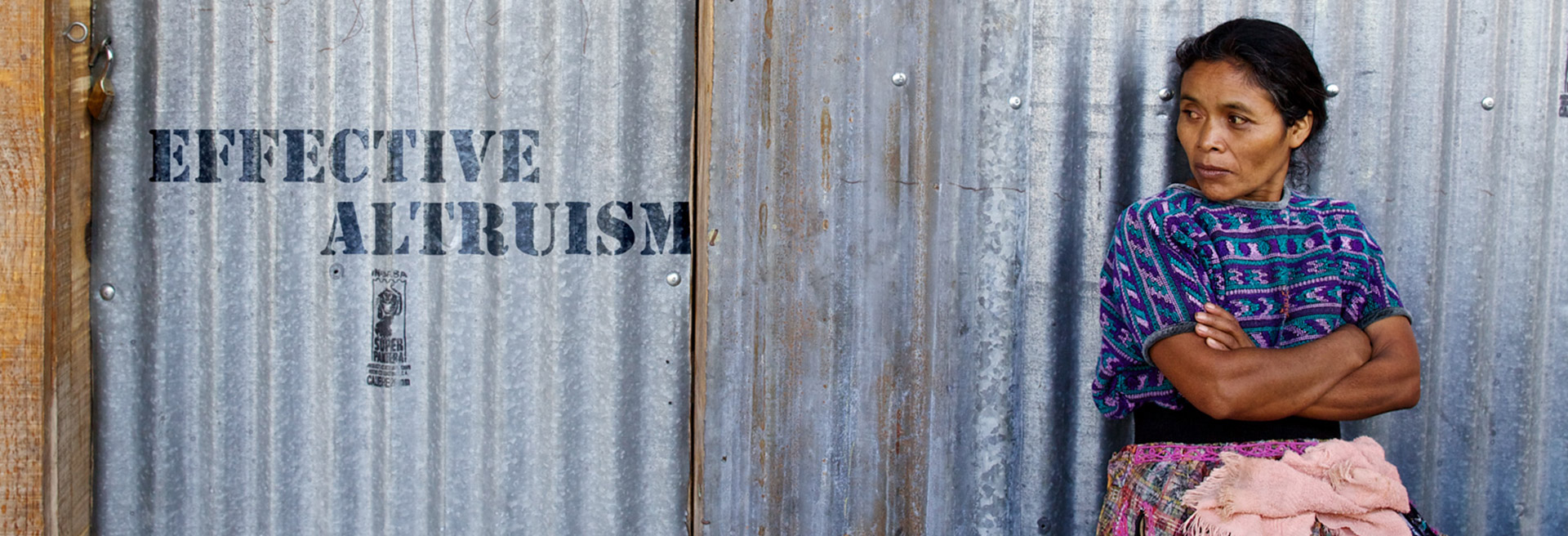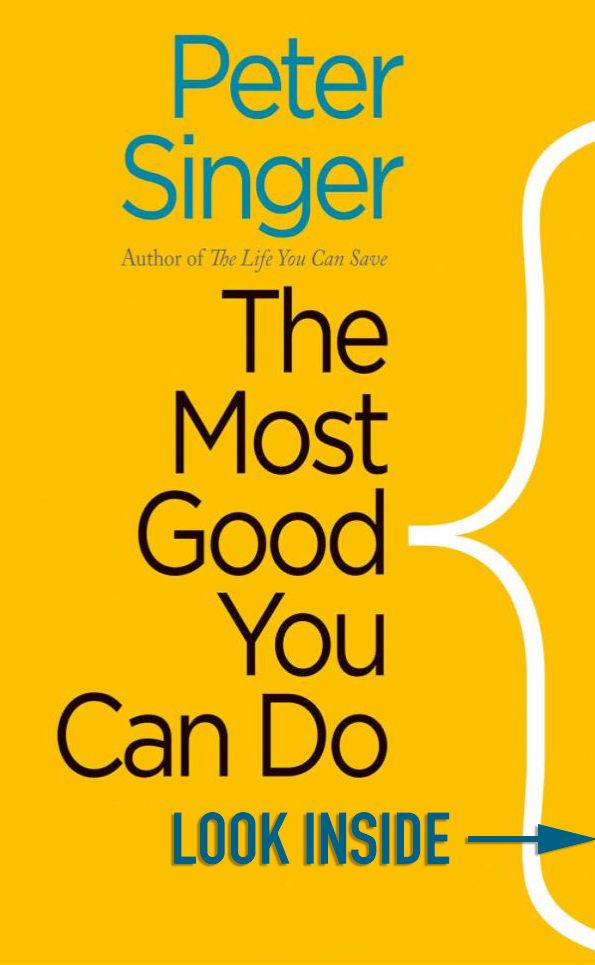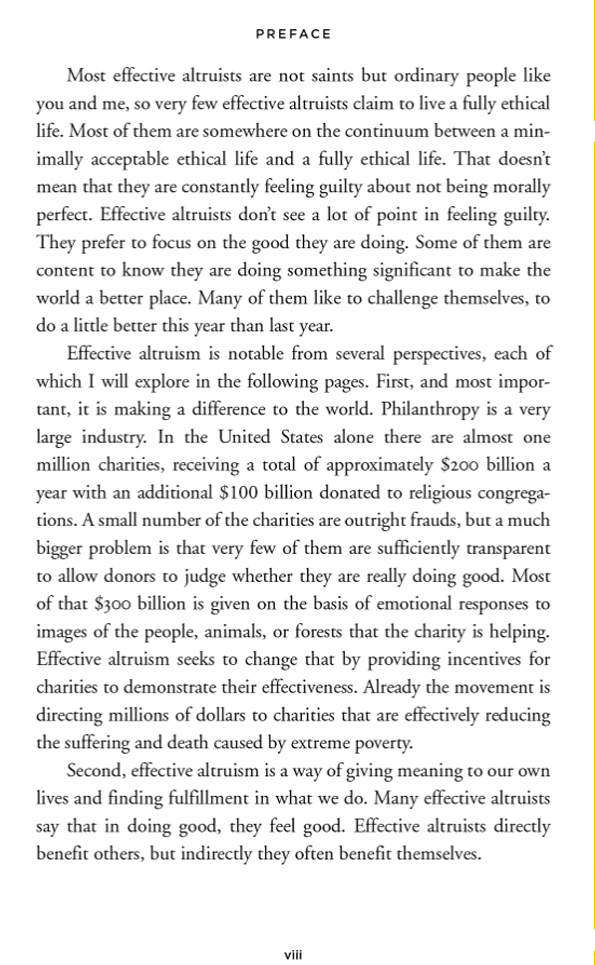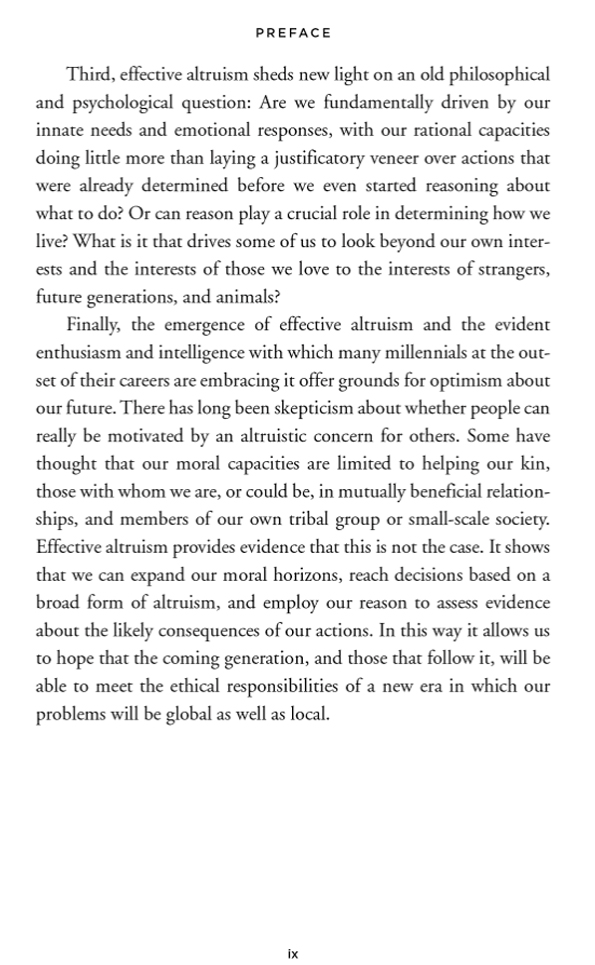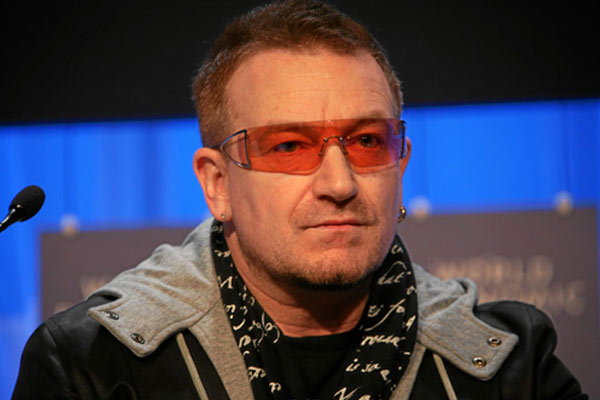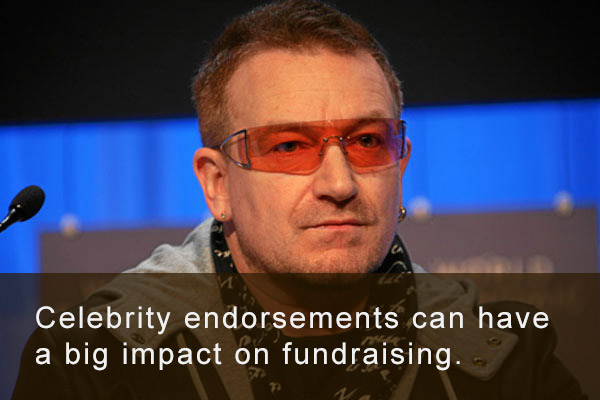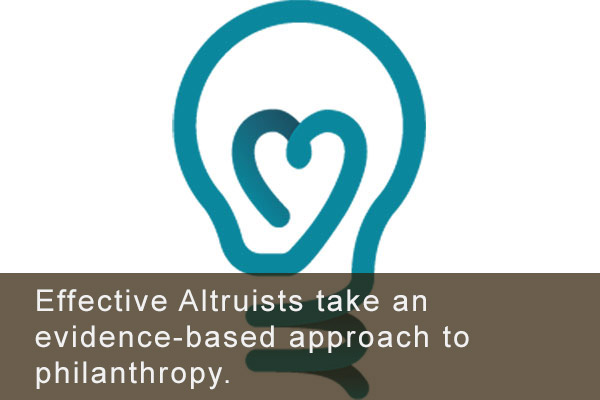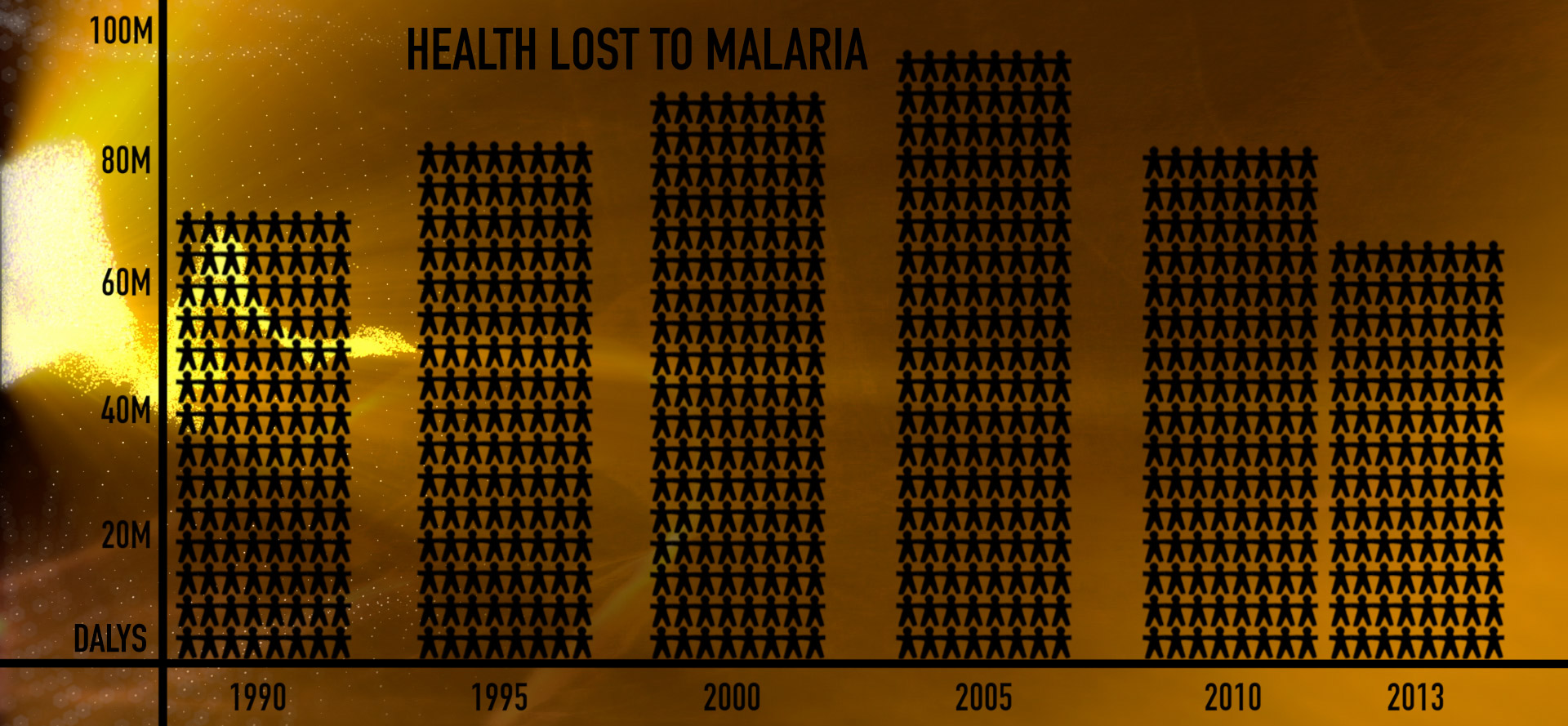He is a hedonistic utilitarian. Sounds thrilling, right? But Peter Singer is not in pursuit of a hedonistic lifestyle – quite the opposite. Singer wants to produce the most happiness for the most people.
Peter Singer is in search of the most good you can do. He is a leading figure in a movement called ‘Effective Altruism’. Most of its members are millenials, and they include a number of Silicon Valley millionaires like Facebook co-founder Dustin Moskovitz.
Effective Altruists pledge to give a certain percentage of their income to charity, but only to those charities that provide the most bang for the buck.
Singer says people are rethinking how they do philanthropy. That’s significant, because it turns out we give away a lot of money.
